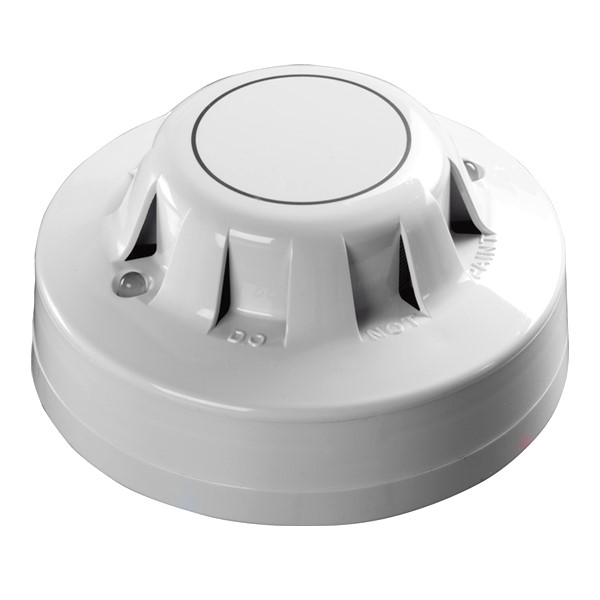Last Updated on May 16, 2023 by
It is essential to Test and Tag your domestic mains powered smoke detectors on a regular basis. Smoke detectors can be Ionization, Optical or aspirating. In the event of a fire, knowing whether they are functioning correctly is critical to preventing injuries or fatalities. However, the test facility you choose should be capable of performing both types of tests. The test facility you choose should also be able to conduct tests on all types of detectors, and should be able to provide you with a comprehensive report.
Test facility
A domestic mains powered smoke detector testing facility is a great place to start when you are upgrading your home’s smoke alarm system. These devices can help save lives and property. Smoke alarms are often hard to detect and require a trained eye to spot a fire. Using an accredited testing facility will help you get the right products for your home.
Ionization type
When choosing a smoke detector for your home, you’ll need to know the difference between the two types. While photoelectric detectors detect visible smoke, ionization detectors detect the invisible particles caused by fires. They work by detecting these particles by generating an electrical current. When smoke particles block this current flow, the detector sounds an alarm. Unlike photoelectric detectors, ionization detectors need to be placed in a higher-risk room, which means they should be installed farther from a kitchen and bathroom.
Optical type
Detectors of both the ionisation and optical types are approved by the Australia Government for use in domestic premises. These smoke alarms are able to detect a wide range of fires. The Australia Government’s data sheet Fire0704 shows the percentage of fires in which the detectors did not operate. The reasons for the failure of a smoke alarm include fire, the detector being unfit for use, and “Other act”. These miscellaneous explanations, however, are not taken into account.
Aspirating type
An aspirating-type domestic mains powered smoke detector tester has a high degree of sensitivity. It detects smoke by monitoring the air flow through the sensor. A reduction in air flow may indicate that a clogged or leaky pipe has damaged the detector, and thus its sensitivity is reduced. If you suspect a smoke alarm is not working, check the device’s calibration. Here are some useful tips for testing an aspiration-type detector.
Battery-powered
In the event that your smoke detectors are battery-powered, you need to test them regularly to ensure they are functioning properly. The test can be as simple as checking the batteries with a multimeter. Remove the battery from the detector and insert it into a double-A battery tester. If the device detects any resistance, the batteries need to be replaced. Otherwise, you can simply try using a lighter to test the smoke detectors.







